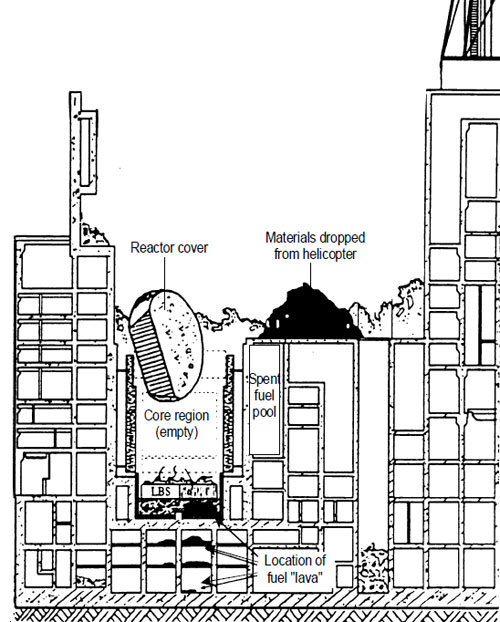| Tuesday, 26 April 2016 will mark 30 years since the Chernobyl accident in the former USSR. The accident had a major impact on the workers and local residents. The accident caused the deaths (within a few days or weeks) of 31 power plant employees and firefighters, brought about the evacuation of about 116,000 people from areas surrounding the reactor during 1986, and the relocation of about 220,000 people. Vast areas of land were contaminated. About 240,000 workers (known as “liquidators”) were called upon in 1986 and 1987 to take part in cleanup operations at the reactor and within the 30 km zone surrounding it. Activities continued until 1990, and about 600,000 people received the special status of “liquidator”. The Chernobyl Forum predicts the eventual death toll could reach 4,000 among those exposed to the highest levels of radiation (200,000 emergency workers, 116,000 evacuees and 270,000 residents of the most contaminated areas). The accident remains the most severe in the history of the nuclear power industry, causing a huge release of radionuclides over large areas of Belarus, Ukraine and the Russian Federation. After the evacuation of the population within a 30 km zone (a bit bigger than greater London) in April and early May 1986, the area closest to the reactor site (over 4000 km², roughly a quarter of the size of Wales) was excluded from cultivation. The longer-term impact of the radiation, has proved hard to quantify. In 1991, a report by the Royal Academy of Engineering stated there could eventually be around 10,000 fatalities. However, some sources put the death toll well into six figures. Food restrictions (sheep farming) were still in place in England and Wales up to November 2012, when they were finally lifted. The accident occurred during a low-power engineering test of the Unit 4 reactor. Safety systems had been switched off, and improper, unstable operation of the reactor allowed an uncontrollable power surge to occur, resulting in successive steam explosions that severely damaged the reactor building and completely destroyed the reactor. The International Atomic Energy Agency (IAEA) report into the accident highlighted several human causal factors, including:
The Guardian has an interesting article on the town of Pripyat (a town 3 km from the reactor), 30 years after the accident. The immediate aftermath of the accident was filmed by Vladimir Shevchenko, who died from his exposure to radiation. A copy of the film can be seen on YouTube. |
|
0 Comments
Your comment will be posted after it is approved.
Leave a Reply. |
Archives
November 2020
Categories
All
|



 RSS Feed
RSS Feed